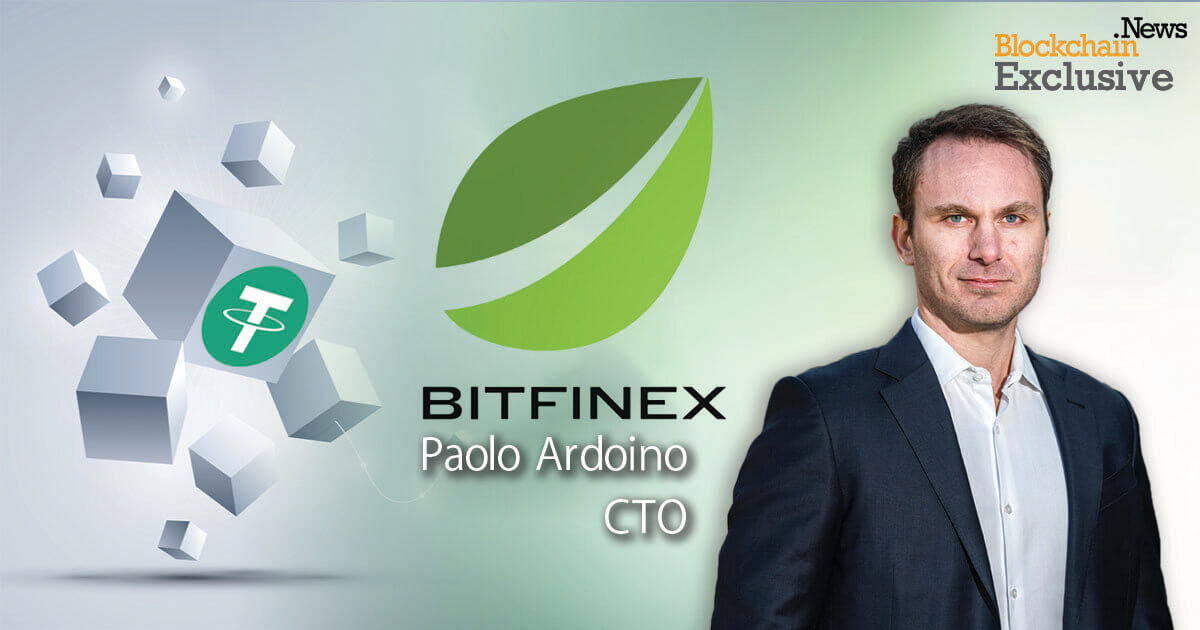Polygon’s Agglayer & POL Revolution: Sandeep Nailwal Drops Bombshells in Explosive AMA
Polygon co-founder Sandeep Nailwal just lit the fuse on crypto's next infrastructure boom. The AMA revealed Agglayer's game-changing architecture and POL tokenomics that could leave competitors scrambling.
The Interoperability Endgame
Agglayer isn't just another bridge - it's a full-stack interoperability protocol that cuts settlement times by 80% compared to existing solutions. The testnet stats show zero failed transactions across 50+ chains during stress tests.
POL's Triple-Threat Model
Forget simple staking rewards. The redesigned POL token introduces a fee-sharing mechanism that bypasses traditional validator models. Early simulations show APYs could hit 300% during network congestion periods (Wall Street quant teams are already reverse-engineering the whitepaper).
The Bottom Line
While Ethereum L2s keep playing musical chairs, Polygon's executing a vertical integration play that would make Rockefeller blush. The only question now - which legacy chain gets eaten first?

In a recent AMA session hosted by Bitfinex and BitfreedomGus, Sandeep Nailwal, CEO of Polygon, shared insights into the blockchain network's ongoing developments and future aspirations. Nailwal outlined Polygon's strategic vision, focusing on the transition from MATIC to POL, and the introduction of Agglayer, a significant step aimed at unifying the fragmented Web3 landscape.
Polygon's Evolution and the Role of POL
Since its inception, Polygon has established itself as a pivotal blockchain within the decentralized finance (DeFi) space, enhancing scalability and user experience. The transition from MATIC to POL was a critical move to align the network's tokenomics with its long-term vision, providing enhanced utility for holders and stakers. This transition supports the network's broader goal of becoming a multichain ecosystem, capable of supporting various blockchain architectures.
Agglayer: Connecting the Blockchain Ecosystem
Agglayer, Polygon's latest innovation, aims to provide a cohesive infrastructure that connects disparate blockchains, delivering a seamless internet-like experience for decentralized applications. This development is set to transform how users interact with blockchain technology, making it more intuitive and interconnected. According to Nailwal, Agglayer is designed to unify all of crypto, facilitating seamless interactions across different chains without compromising on security or liquidity.
Strategic Partnerships and Technological Advancements
Polygon's collaboration with companies like Flipkart, Grab, and Reliance Jio highlights its commitment to becoming the go-to blockchain for payments and real-world asset (RWA) use cases. The gigagas roadmap, which aims to achieve 100,000 transactions per second (TPS), is a testament to Polygon's ambition to rival traditional financial systems like Visa in speed and efficiency.
The recent Heimdall upgrade, a complex enhancement in the crypto space, now allows Polygon to offer 5-second finality for transactions, significantly improving the user experience by enabling faster and more reliable stablecoin transfers.
Future Outlook and Community Engagement
Nailwal emphasized the importance of community engagement and the value POL brings as a token with real utility. POL serves as the native gas token for the Polygon network, supporting both Polygon and Agglayer, and offers staking rewards and airdrop eligibility through the Agglayer Breakout Programme.
Looking ahead, Polygon's focus remains on enhancing its blockchain to support rapid and cost-effective transactions, aiming to solidify its position as a leader in blockchain payments and RWAs. The Agglayer's development is expected to further bridge gaps within the crypto ecosystem, making blockchain technology more accessible and user-friendly.
For more detailed insights, the full AMA session is available on the Bitfinex blog.
Image source: Shutterstock- polygon
- blockchain
- cryptocurrency

